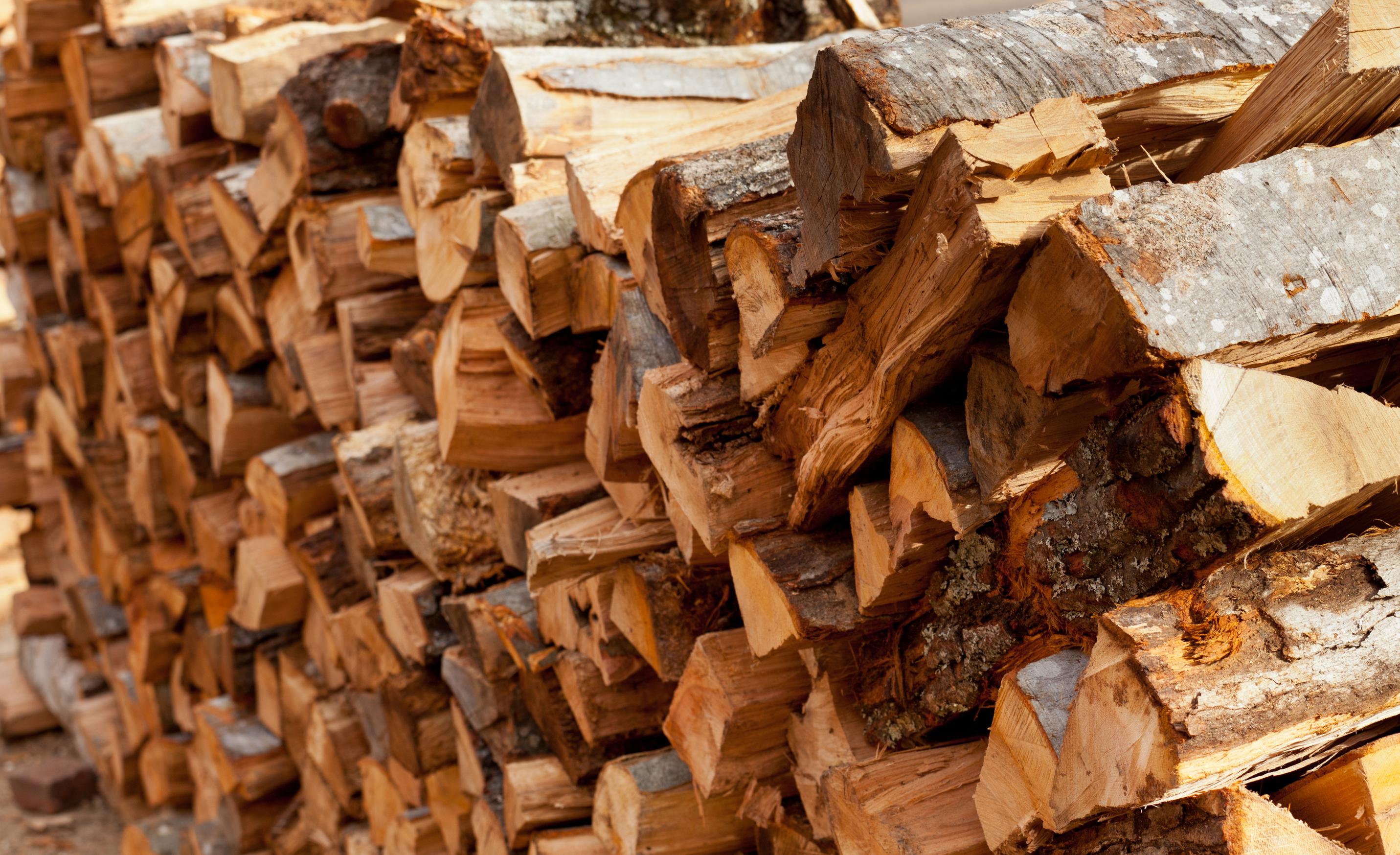Updated: March 24, 2022
Maryland’s Energy Market: The State Consumes More Energy than it Produces (FS-1188)
This report explores the historical trends, current status, and potential growth of Maryland’s solar photovoltaic (PV) market in terms of market share, use sectors, and current investments. The report also addresses the deployment capacity and market potential for residential, commercial, and utility-scale sectors within Maryland. Various solar initiatives, legislation, and other enabling policies currently impacting the solar market are also discussed. Author: Drew Schiavone; Title: Maryland’s Energy Market: The State Consumes More Energy than it Produces (FS-1188)
Updated: March 24, 2022
A Brief Guide to On-Farm Solar (FS-1187)
The purpose of this report is to provide farmers with important information regarding the development of on-farm solar PV systems. We explore the opportunities, motivations, and benefits of installing solar PV for your home, farm or business. Author: Drew Schiavone, Title: A Brief Guide to On-Farm Solar (FS-1187)
Updated: February 4, 2021
The Wood Stove Checklist (Fact Sheet #936)
This checklist is designed to assist residential energy auditors in providing recommendations to homeowners about their wood stove, which may be their primary or secondary heating system. This publication was produced by the Alliance for Green Heat, a non-profit educational organization, with funding from the University of Maryland Extension.
Updated: January 20, 2021
Manure to Energy Byproducts are Useful Nutrient Sources
Manure is a great fertilizer for nutrient-poor soils. However, when transport costs limit utilization, alternative uses such as energy production become viable. In most cases, manure-to-energy practices produce nutrient-rich byproducts that can be used as a soil amendment. While nitrogen (N) may be lost, other nutrients like phosphorus (P) and potassium (K) are often more concentrated in these byproducts. Manure-to-energy practices include anaerobic digestion and thermal methods (pyrolysis, gasification). Composting and nutrient extraction also can alter manure and help concentrate nutrients for easier and less costly transport. The nutrient value of these byproducts is discussed.
Updated: January 12, 2021
Heating with Wood (FS-926)
Wood is a plentiful and accessible fuel for many Marylanders. Wood burns relatively clean and comes from a renewable resource —the rural or urban forest. Coal and oil supplies are limited, are not renewable, and the cost of these fuels continue to increase. Heating costs consume a significant percentage of earnings of low‐ to moderate‐income families. Heating with fuelwood can greatly reduce utility bills for these households.
Updated: January 8, 2021
Directory of Maryland Firewood Dealers (FS-941)
This directory was developed from a January 2013 survey of firewood dealers that serve Maryland residents. No claims are made regarding the service or products provided. To avoid the spread of pests, decrease the environmental impact, and save money on delivery, it is best to buy firewood locally. We hope you will find the list below helpful as you look for a trustworthy dealer in your area. Firewood must be sold by the cord or by fraction of the cord as regulated by the Maryland Department of Weights and Measures. Beware of scammers – a true cord is 4’ x 4’ x 8’ when stacked.
Updated: January 8, 2021
Considerations for your Wood or Pellet Stove Installation (FS-940)
Unless you’re an expert and have been trained in wood stove installation, it’s better to have your stove put in by a certified hearth professional. Attempting to do the job yourself, while it may seem cheaper, is full of safety risks. Needless to say, it’s not recommended. And, there is a chance that your insurance policy will not cover any fire related damage. This fact sheet will provide important considerations to follow.
Updated: January 6, 2021
Buying a Secondhand Wood Stove (FS-938)
Wood stoves are one of the appliances that generally should be purchased new. This fact sheet reviews why and why not to buy a used stove, and how and where to buy one. For example, if you’re going to use the stove more than twice a week during the winter, get a new one. You will end up paying less in fuel and getting more heat with less fuss and mess.
